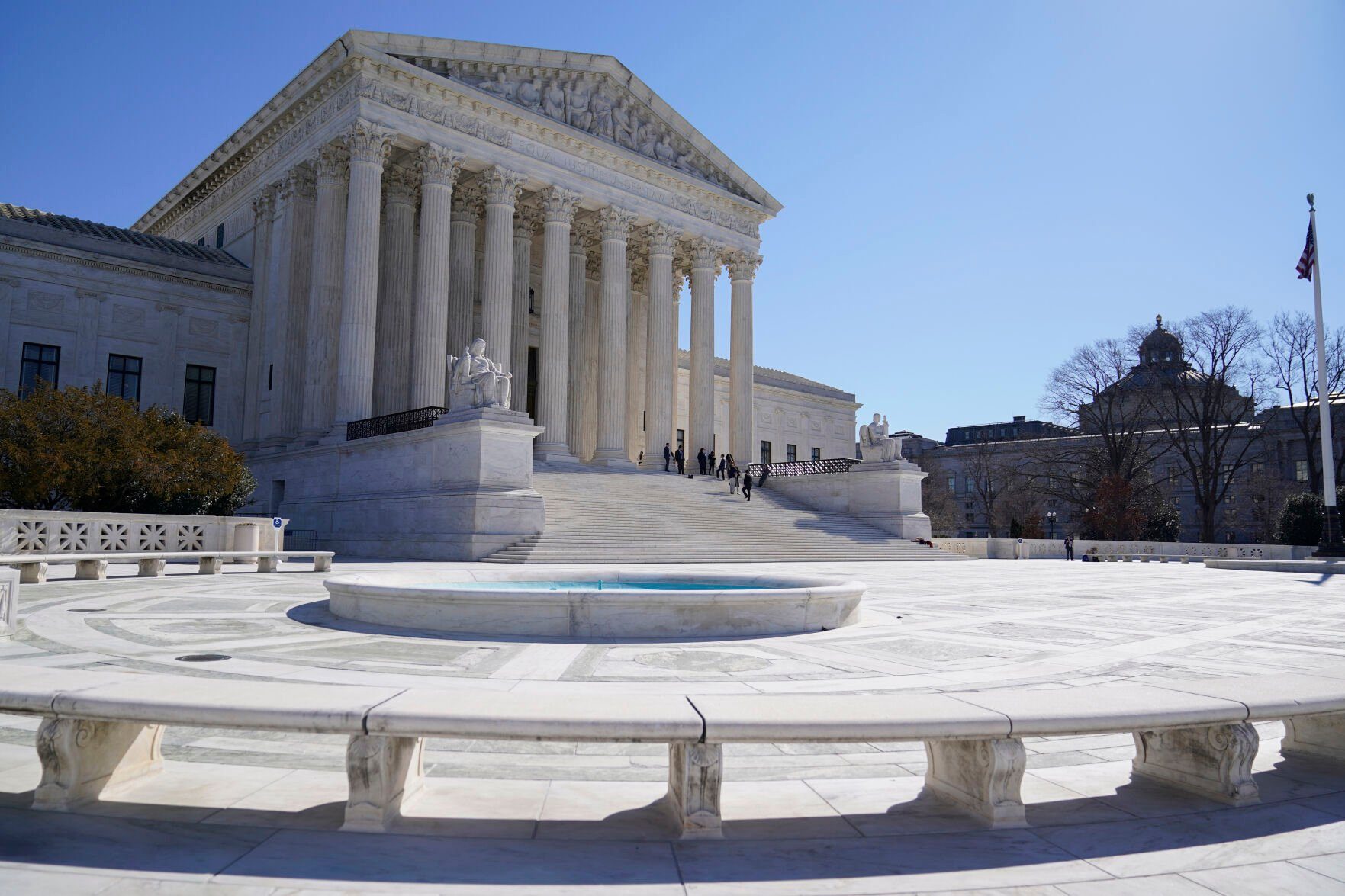WASHINGTON — Conservative Supreme Court justices on Wednesday voiced support for weakening the power of federal regulators, but it was not clear whether a majority would overturn a precedent that has guided American law for four decades over everything from the safety of food and drugs to environmental protection.
Billions of dollars are potentially at stake in front of a court that, like the rest of the federal judiciary, was remade during Donald Trump’s presidency by conservative interests that were motivated as much by weakening the regulatory state as social issues including abortion.
The court heard three and a half hours of arguments in two challenges brought by commercial fishermen to a fee requirement, though the facts of their cases were barely discussed in the courtroom.
Instead, the focus was on whether the court should overturn the 1984 case colloquially known as Chevron, a decision that has been the basis for upholding a wide range of regulations public health, workplace safety and consumer protections.
Lower courts used the Chevron decision to uphold a 2020 National Marine Fisheries Service rule that herring fishermen pay for government-mandated observers who track their fish intake.
Two of Trump’s appointees, Justices Neil Gorsuch and Brett Kavanaugh led the attack on the Chevron decision, which says that when laws aren’t crystal clear, federal agencies, and the experts that serve in them, should be allowed to fill in the details as long as they come up with a reasonable interpretation.
Gorsuch noted that some judges invoke the Chevron doctrine frequently and others, not at all. “Shouldn’t that be a clue that something needs to be fixed here?” Gorsuch asked Solicitor General Elizabeth Prelogar, defending the decision on behalf of the Biden administration.
When Prelogar talked about the shock to the legal system that would result from overturning such a longstanding and far-reaching precedent, Kavanaugh suggested that Chevron is to blame for the regulatory flip-flops that happen when a president of one party replaces a president of the other.
“The reality of how this works is that Chevron itself ushers in shocks to the system every four or eight years whenever a new administration comes in,” Kavanaugh said.
The outcome seems likely to come down to Chief Justice John Roberts and Justice Amy Coney Barrett, Trump’s third appointee. Barrett suggested a “flood of litigation” challenging long-standing regulations that might result from overturning Chevron.
The court could stop short of jettisoning the Chevron decision and instead instruct lower courts to be less deferential to agencies, which might make it harder to sustain regulations. That outcome would be much less than what the conservative and business interests backing the Supreme Court cases want.
The court’s three liberal justices seemed like sure votes to preserve the decision. Justice Elena Kagan used the example of a hypothetical law dealing with artificial intelligence to say it is unreasonable to expect Congress to write laws with too much specificity, especially with the pace of technological change.
“Congress knows that there are going to be gaps because Congress can hardly see a week in the future with respect to this subject, let alone a year or a decade in the future,” Kagan said.
She added, “judges should know what they don’t know.”
Justice Ketanji Brown Jackson said getting rid of Chevron could empower judges to rule in favor of their own policy preferences when evaluating regulations.
“I’m worried about the courts becoming uber-legislators,” Jackson said.
That was a concern that Justice John Paul Stevens voiced in his opinion for the court in 1984, explaining why they should play a limited role. The court ruled 6-0, with three justices recused.
“Judges are not experts in the field, and are not part of either political branch of government,” Stevens wrote.
But the current high court, with a 6-3 conservative majority has been increasingly skeptical of the powers of federal agencies. Justices Clarence Thomas and Samuel Alito, along with Gorsuch and Kavanaugh have questioned the Chevron decision. The justices haven’t invoked Chevron since 2016, but lower courts continue to do so.
In recent years, conservative justices have shot down a vaccine mandate and Biden’s student loan forgiveness program, and also restricted the Environmental Protection Agency’s ability to fight climate change by regulating carbon dioxide emissions from power plants.
This term, the justices also are weighing challenges to aspects of the Consumer Financial Protection Bureau and the Securities and Exchange Commission.
Opponents of the Chevron doctrine argue that judges apply it too often to rubber-stamp decisions made by government bureaucrats. Judges must exercise their own authority and judgment to say what the law is, lawyer Roman Martinez said on behalf of the company that owns the Rhode Island-based Relentless and Persistence fishing boats.
“It mandates judicial bias and encourages agency overreach. And by removing key checks on executive power, it threatens individual liberty,” Martinez said.
Defending the rulings that upheld the fees, the Biden administration said that overturning the Chevron decision would produce a “convulsive shock” to the legal system.
“Chevron gives appropriate weight to the expertise, often of a scientific or technical nature, that federal agencies can bring to bear in interpreting federal statutes,” Prelogar wrote in a Supreme Court filing.
Environmental, health advocacy groups, civil rights organizations, organized labor and Democrats on the national and state level are urging the court to leave the Chevron decision in place.
Gun, e-cigarette, farm, timber and home-building groups are among the business groups supporting the fishermen. Conservative interests that also intervened in recent high court cases limiting regulation of air and water pollution are backing the fishermen as well.
The justices heard two cases on the same issue because Jackson is recused in one case, from New Jersey. She took part in it at an earlier stage when she was an appeals court judge. The full court is participating in the case from Rhode Island, which the justices added to their docket several months later.
A decision is expected by early summer.


